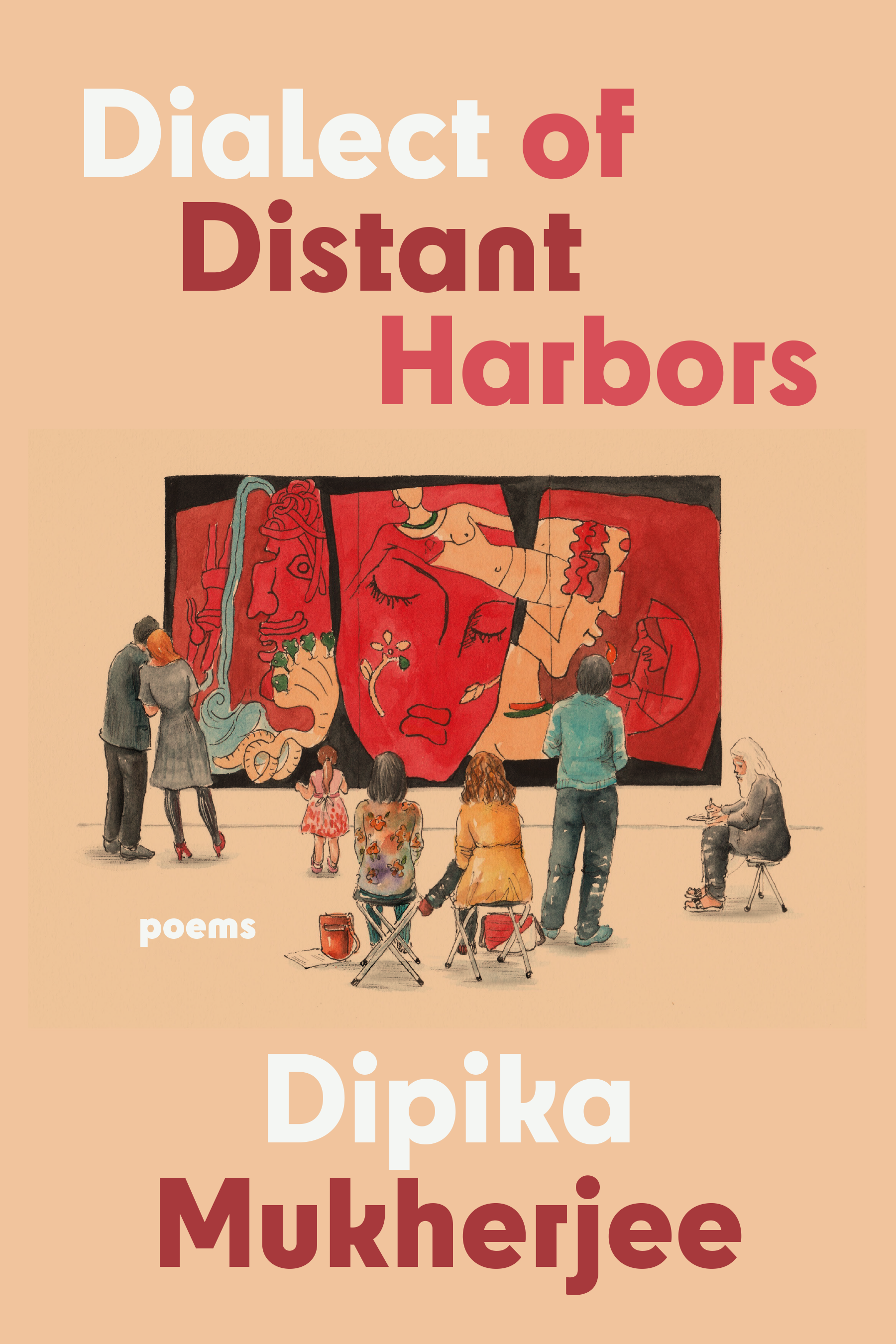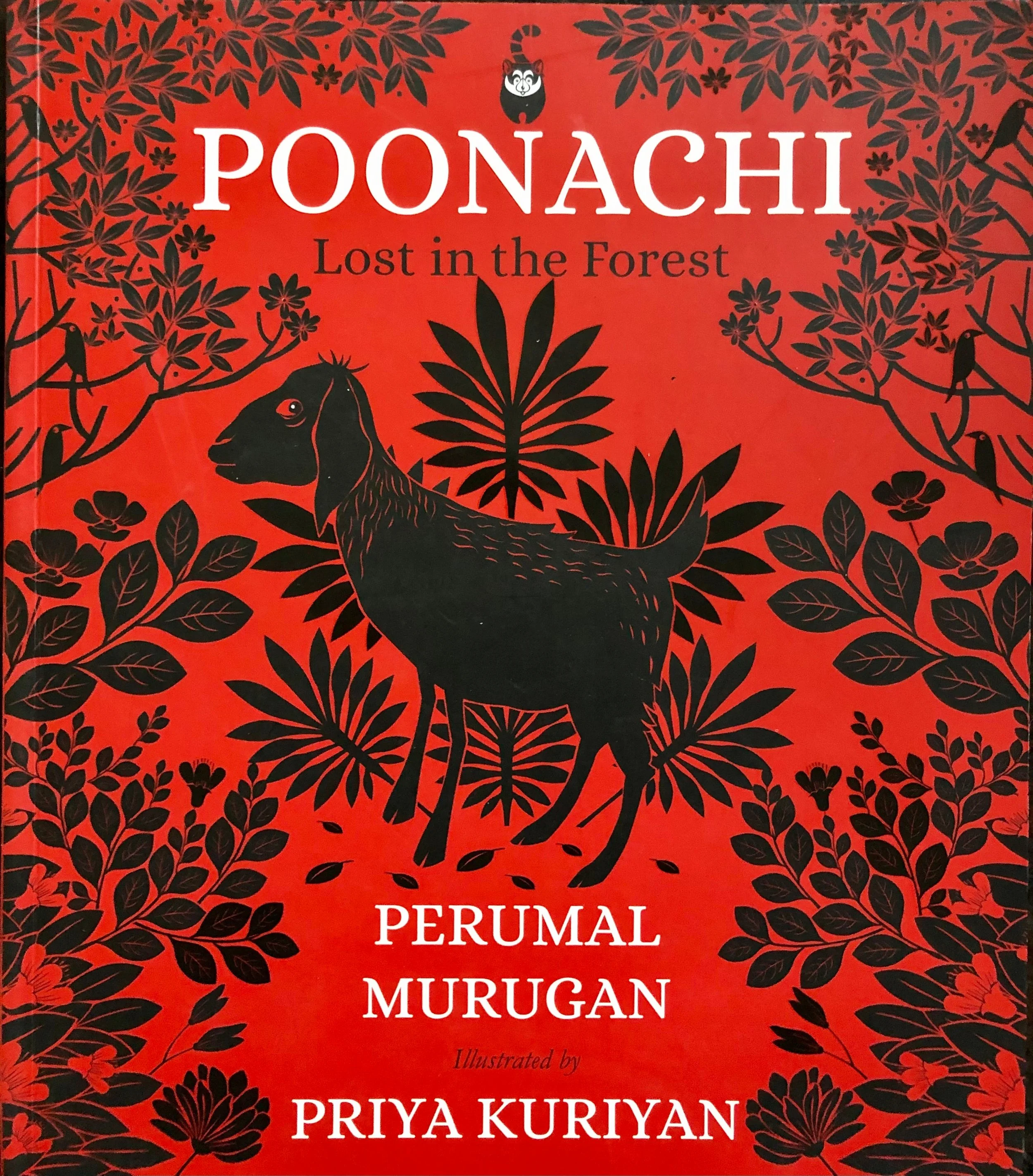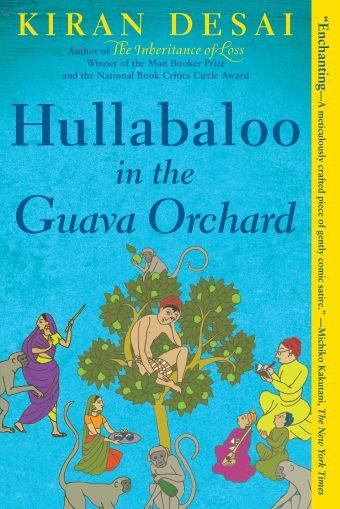A Burning is a gripping albeit intensely fraught novel obliquely commenting on the current political turmoil and persecution consuming India. It follows the perspectives of three characters—Jihan, PT, and Lovely—to effectively critique the lunatic rise of right-wing Hindu nationalism, known as Hindutva, its political party the BJP, and the stronghold it has inside the political and judicial system. Majumdar does this slyly, however, never mentioning the BJP by name and instead creating an alternative India with fictitious parties, perhaps in an attempt to avoid putting herself in the BJP line of fire. Majumdar’s most critical contribution is her clear-eyed confrontation of state terrorism.
The story of Jihan is ultimately a tragic one. She is accused of taking part in a terrorist plot because of outspoken but ultimately harmless social media posts. In the course of the novel and Jihan’s incarceration, we learn a lot about her backstory and through that learn a lot about the plight of impoverished Muslims. Majumdar is not Muslim, however, and Urdu and Muslim literati have taken issue with her portrayal. Irfam Ahmad offers a rather pointed critique in this regard, noting that while Majumdar successfully pivots the public discourse to talk about state terrorism, she fails to capture “the depth of cultural experience of what it means to be projected as a Muslim terrorist.” While this is somewhat true, my Bengali partner argues that this is partially because Jihan is a non-hijabi and a woman. There are many ways to be Muslim and the difference in Jihan’s experience can be accounted for. That said, she argues that Jihan’s cultural identity is blurry—it’s unclear whether she is Bengali or not, what particular identity she holds in the mix of Indian ethnic identities. Ahmad also shares his frustration that Urdu narratives are centered in these conversations. Jihan’s story, while captivating and empathy-building, still doesn’t read as trustworthy as the stories wrought by the pens of actual Muslims. At the same time, only a heartless reader wouldn’t fall in love with Jihan and her ideals. A Burning fiercely critiques the injustice done to Jihan. Her story becomes a parable for India, meant to galvanize anger and resistance against the abuses of the state.
PT is a frighteningly charming character at first, bumbling, shortsighted and easy-to-poke fun at as an ex-gym teacher turned politician. His old uncle wiliness quickly gets submerged with his political descent, spinelessness, and addiction to attention and power. My partner believes Majumdar nailed this voice the best. I, on the other hand, was definitely more taken away by Jihan and Lovely.
The parts I most loved about the book are also potentially the most fraught. My favorite character was Lovely—a hijra who is learning English from her tutor Jihan and who testifies in support of Jihan in court. Majumdar makes it easy to cheer her on in her journey of self-discovery. Lovely boldly carries her marginalized gender identity and dreams of becoming an actress despite repeated incidents of hatred, violence, and discrimination. In one particularly harrowing scene, Lovely narrates the castration of a fellow hijra and how it shaped her identity. According to my Bengali partner, however, Lovely’s English in A Burning, which is largely in the present tense, is not particularly educated or realistic. Rather it seems symbolic of the personality of the character. It’s hard for me to speak on this, as I’m not South Asian, a hijra, or a scholar familiar with the literature of both groups. However, it seems to me Majumdar’s depiction might be most easily critiqued because there are so few depictions of hijras. As a non-hijra, Majumdar has granted visibility to an oft erased narrative, but she has also assumed control of that narrative. No matter how compelling the writing, no matter how insightful the vision, A Burning carries that baggage. In particular, Majumdar dances between many stereotypical portrayals of hijras in South Asia. Westerners would not be privy to these, and as such, I didn’t notice them. Until I learn more about hijra culture and their depictions in literature, I think emotionally I’ll be unaffected by the critiques when I read Lovely’s narrative, even if intellectually I understand I should be feeling more tension.
According to my Bengali partner, the voice actors were likely diasporic Indians who botched the regional pronunciations of many words. This I also didn’t pick up on, as a Westerner.
Because of all the shortcomings when it comes to representations of the most marginalized groups, it’s hard to determine the value of a text like A Burning. It at once uses incredibly deft, addictive narrative storytelling, reliant on stereotype, and potentially misrepresents its most vulnerable communities. At times, it may feel like each character is a political tool given life. Even then, it is hard to deny the power of Majumdar’s prose.
I recommend this novel for anyone interested in South Asia, international literature, multiple perspectives in fiction, appropriation and marginalized narratives.







